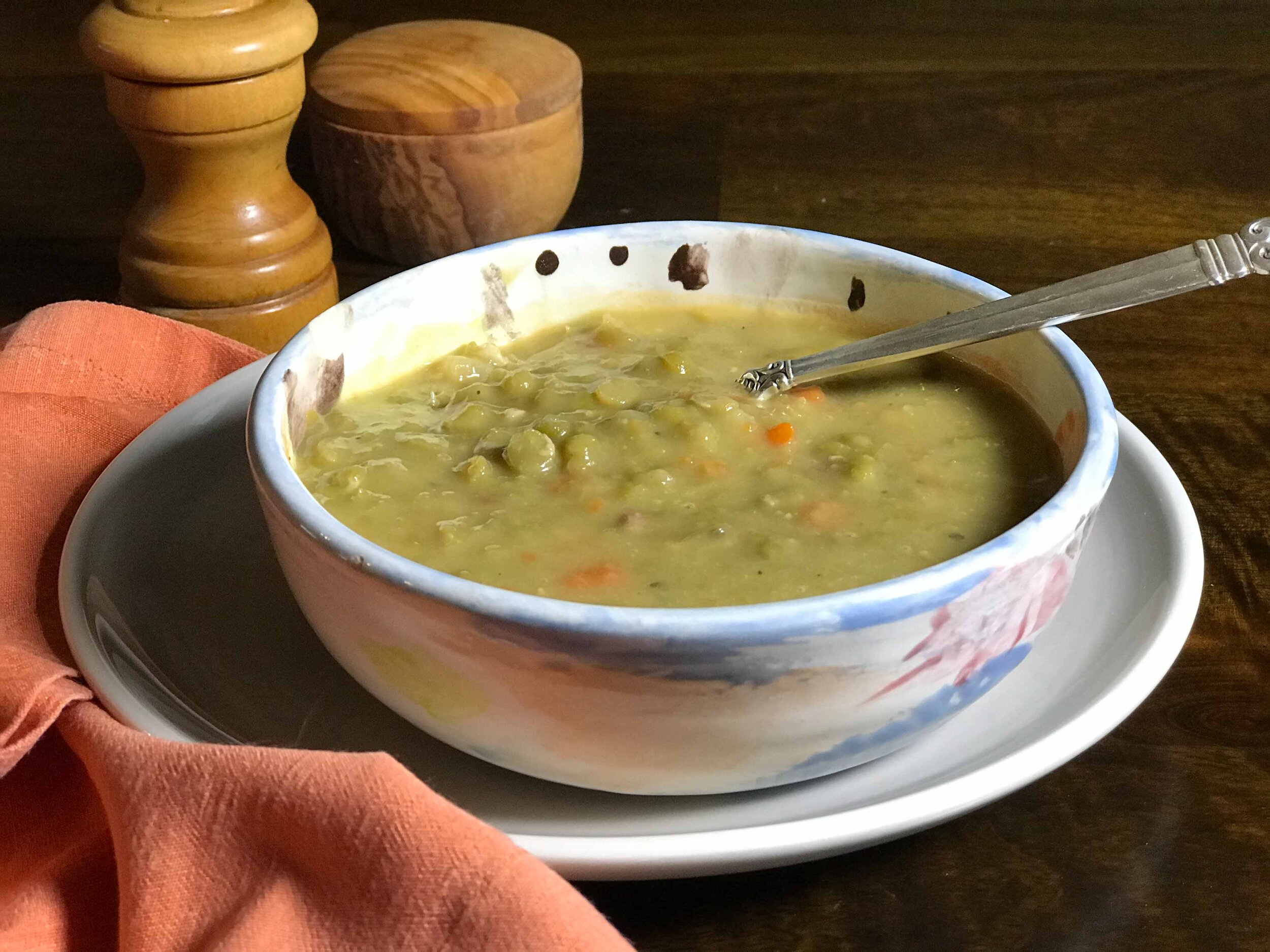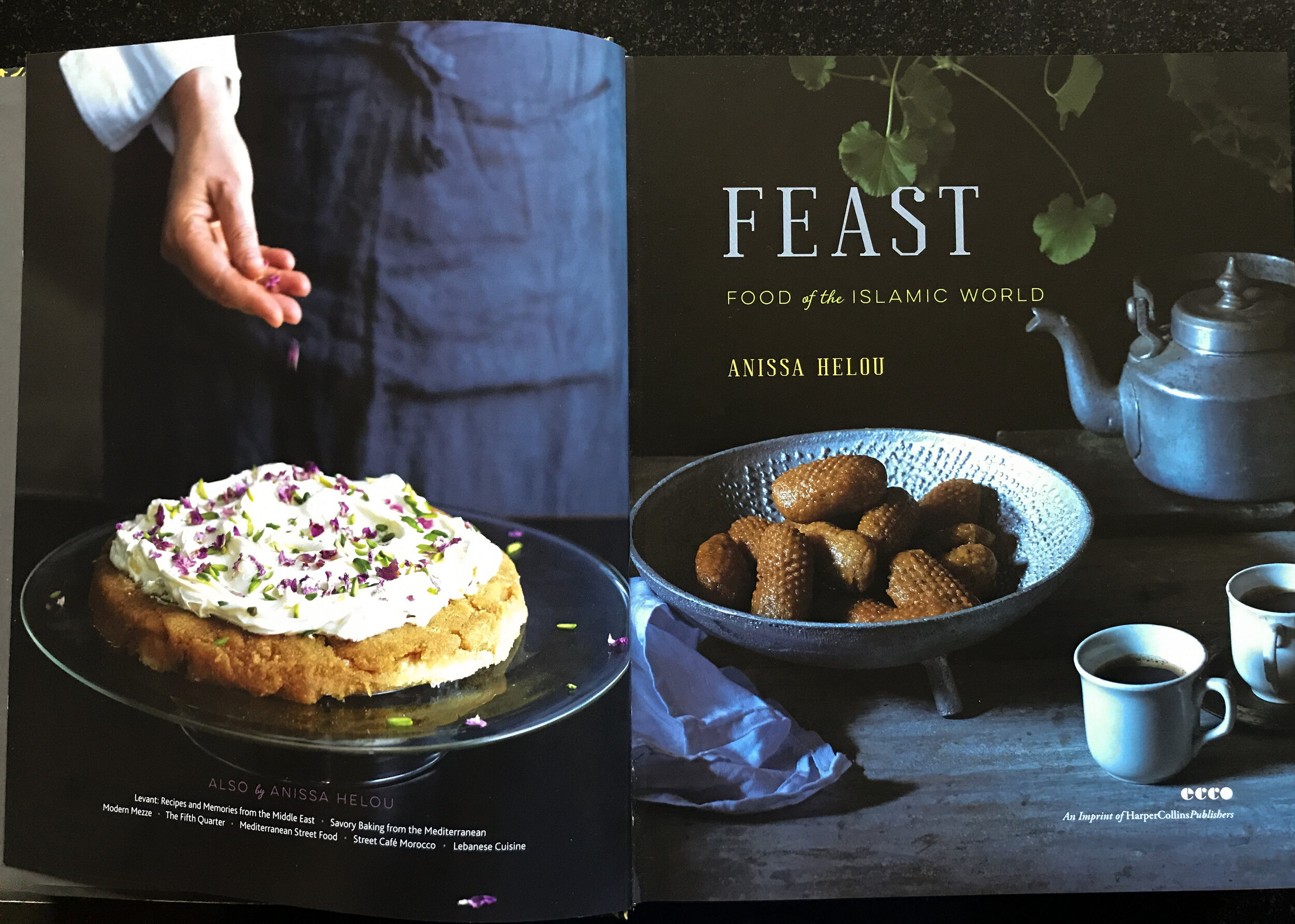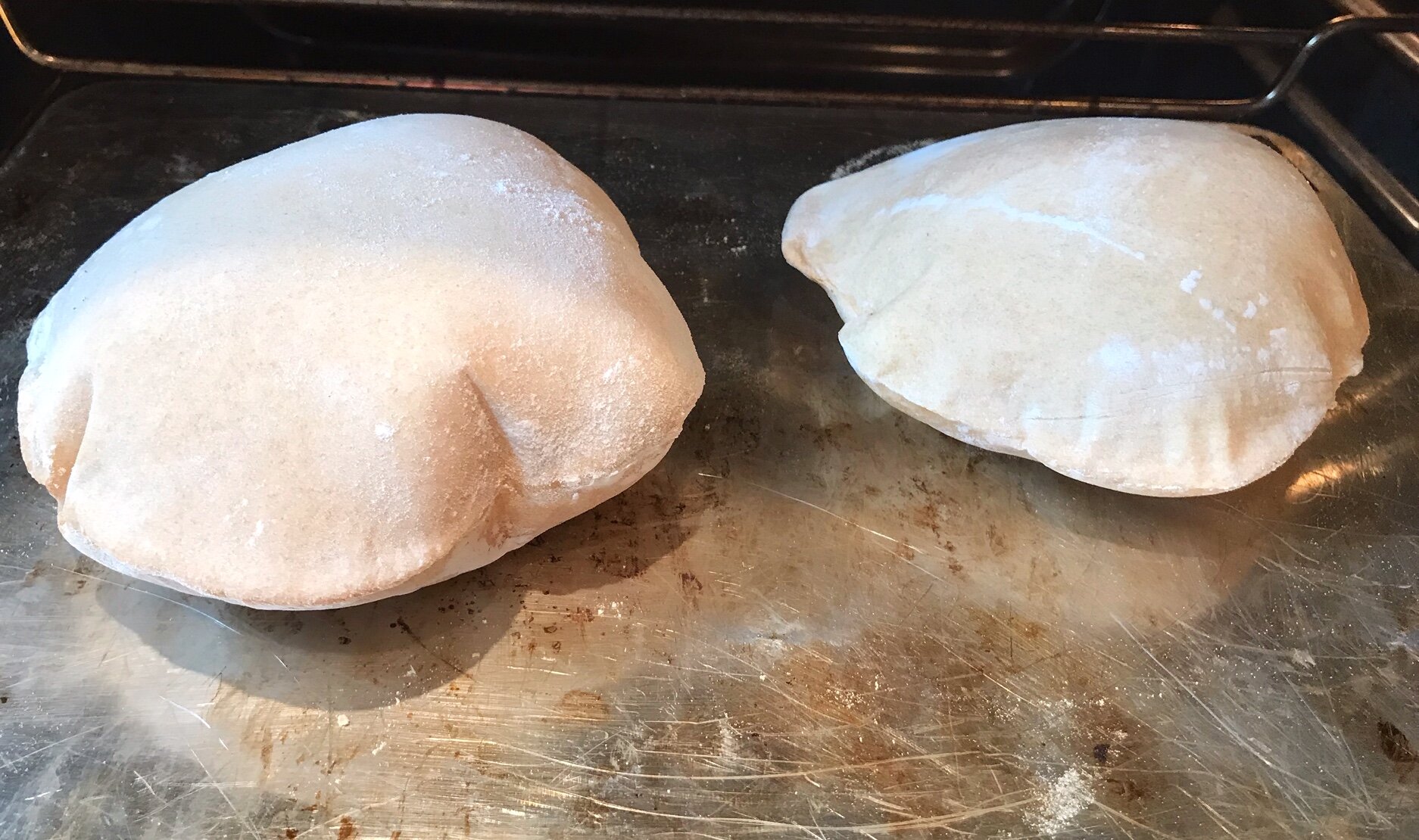More on technical details in a moment, but first a word about baba ganoush’s history.
Curiously, I was unable to turn up much background about the dip, especially anything definitive. There’s no entry for baba ganoush (or baba ganouj, or baba ghanoush, or baba ghannuge, its alternate spellings) in The Oxford Companion to Food, or in The Encyclopedia of Food and Culture that takes up probably way too much real estate in my cookbook case. Unlike the Wikipedia page for hummus, which boasts two fulsome paragraphs about origin and history and nearly 700 words about regional preparations, Wikipedia’s baba ganoush wisdom is weirdly scant, pretty much limited to a stab at its etymology. (Baba, everyone agrees, is Arabic for “father” or “daddy,” and the Oxford English Dictionary suggests that Ghannuj is “perhaps a personal name.”)
The most intriguing tidbit I turned up came from my brilliant former colleague at The Los Angeles Times (now retired from the paper), Charles Perry, who wrote in a 1997 story about eggplant and its history that “The ancestor of today's baba ghanouj was flavored with ground walnuts instead of tahini.” Beyond that, we have only found speculation about the dish’s history. (If you are an expert, please weigh in with a comment! I am attempting to contact Charlie, who published Scents & Flavors: A Syrian Cookbook in 2017 — which I just ordered — and who I’m pretty sure possesses more intelligence on the subject; will update if successful.)
I found recipes for baba ganoush in some of my favorite cookbooks — including Claudia Roden’s The New Book of Middle Eastern Food and Arabesque and Yotam Ottolenghi and Sami Tamimi’s Jerusalem, and Annisa Helou’s splendid Feast: Food of the Islamic World, which won a James Beard Award in 2019. Online, J. Kenji López-Alt offers his serious take on Serious Eats; The Washington Post’s Smoke Signals columnist Jim Shahin wrote about it and gave a smoky recipe in 2018.
There are lots of recipes out there that include yogurt — which is also wonderful, but not the classic, and many recipes that simply roast the eggplant but stop well before optimum smokiness has been achieved.
Other recipes that I found to be almost perfect have some tiny little detail I felt could be improved. For instance, Serious Eats’ López-Alt calls for not pricking the eggplants, so they’ll cook more quickly and peel more easily, but he also points out unpricked eggplants will explode in your oven (yikes!). In addition, he calls for spinning the flesh in a salad spinner as a way of quickly getting rid of the bitter moisture in them after roasting, which I find cumbersome and messy. I much prefer Roden’s quick and easy solution: mashing the flesh with a fork in a strainer over a bowl; this is much faster than the slow-drain many other recipes call for, and adds no extra work as the flesh needs mashing in any case. (And not puréeing in a food processor, as some recipes recommend — you want to retain some lovely texture and not make it too smooth.)
Chasing optimal smokiness, perfect balance and the creamiest texture has kept me experimenting with recipes for a couple months in order to come up with the best method and proportions. I found that whisking the tahini with lemon juice, as in customary in some of my favorite hummus recipes, results in a baba with superior creaminess. (That idea came from a recipe in Arabesque for the variation of baba ganoush that includes yogurt.)
Yesterday, we finally put it all together — the proportions I favor, and the whisking, which left just one question to answer: Which is better, roasting the eggplant over live coals or under the kitchen broiler? And if one was better, how much better?
We put the two cooking methods to the test, by making two otherwise identical versions of baba ganoush, one using eggplant roasted on live coals (on a chilly Saturday afternoon in February!) and the other in the broiler.
Once they were ready, I spread them on their respective serving plates. Here’s how they looked before garnishing:



































































